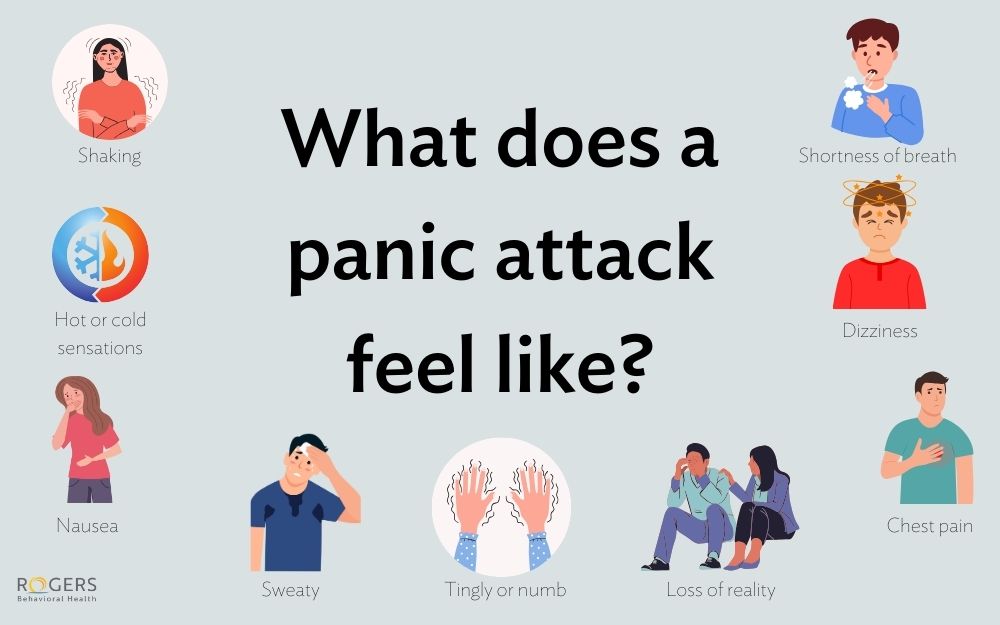How exercise benefits physical and mental health
Posted on 01/24/20 11:41:am
Share this article:
Exercise has long been known to improve physical wellbeing, but research also shows that physical activity has a positive impact on mental health. Whether you exercise to simply stay active or as part of therapy, the benefits are undeniable.
Physical health benefits
The American Heart Association (AHA) recommends regular exercise for people of all ages for good reason. It's linked to:
- Lowered risk of heart disease and other serious health conditions
- Improved sleep
- Better quality of life
To achieve these results, the AHA recommends adults get 150 minutes per week of "moderately intense aerobic activity" or 75 minutes per week of "vigorous aerobic activity."
Likewise, children ages 6 to 17 are encouraged to get at least 60 minutes of "moderate-high intensity" physical activity each day.
Body and mind connections
Dr. Natalie Scanlon, clinical supervisor of Rogers' Depression Recovery residential care, says there is also an exciting link between physical exercise and mood. "Engaging in physical exercise and aerobic activity promotes neurochemical changes in our brains and bodies that are associated with improved mood," she explains.
There's also evidence that obesity and a general lack of exercise are associated with lower emotional wellbeing and unpleasant or distressing emotions such as stress, worry, and anger.
Because of these connections, exercise is increasingly being incorporated in treatment for depression and in preventing mental illness relapses. Rogers includes exercise as part of experiential therapy in many programs, or it may be assigned outside of treatment hours depending on each patient's situation.
Employees in Rogers' Focus Depression Recovery adult residential care believe in the benefits of exercise so strongly that many of them participate in a weekly running group to ensure that they too can reap the paybacks.
Exercise used in behavioral activation
Behavioral activation (BA) can be beneficial in helping patients begin an exercise routine. Dr. Rachel Leonard, clinical director of Rogers' St. Paul location, says behavioral activation works to "decrease avoidance and increase engagement in specific types of activities, including routine activities and those that were previously enjoyable."
"It's not uncommon that when individuals become depressed, they stop engaging in exercise, sports, and other forms of physical activity that they once found enjoyable or that they valued. For these individuals in particular, increasing their engagement in physical activity can be beneficial in improving mood," Dr. Leonard says. Behavioral activation emphasizes the gradual reintroduction of activities to slowly help even the most severely depressed patients incorporate physical activity in their lives and improve mood.
Exercising safely
Before beginning a new exercise routine, it is always recommended that you speak with your primary medical provider to determine what is best for you.
While concerns may arise when someone with depression stops exercising, it is also concerning when individuals exercise in an excessive or unhealthy way. This is sometimes the case when individuals are struggling with eating disorders or have issues with body image. Dr. Leonard says these individuals should work with medical and psychological treatment providers to determine what amount and type of exercise is healthy for them and to monitor their exercise and health over time.
Additional information on safely reintroducing exercise for those with an eating disorder is available in a previous blog on the topic.



